Quantifying the Cambridge Cluster
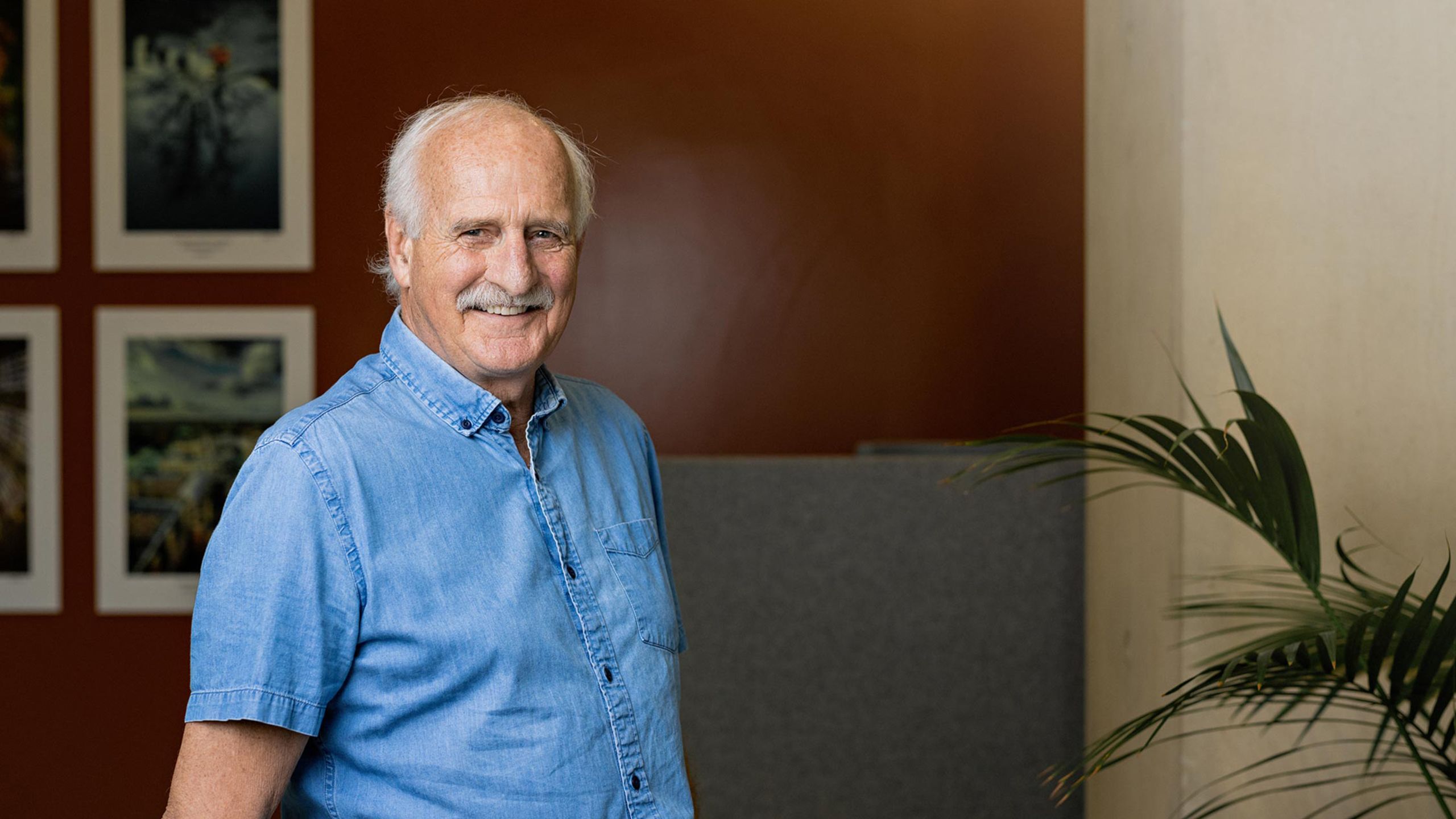
Cambridge is one of the world's most successful life sciences and technology clusters.
And it continues to prosper. Last year, 'knowledge-intensive' businesses in the Cambridge city region saw a 17% increase in their collective turnover, in a spectacular post-COVID rebound.
We know this - and lots more besides - thanks to the work of two indefatigable Cambridge researchers who map in minute detail what's going on in the local economy.
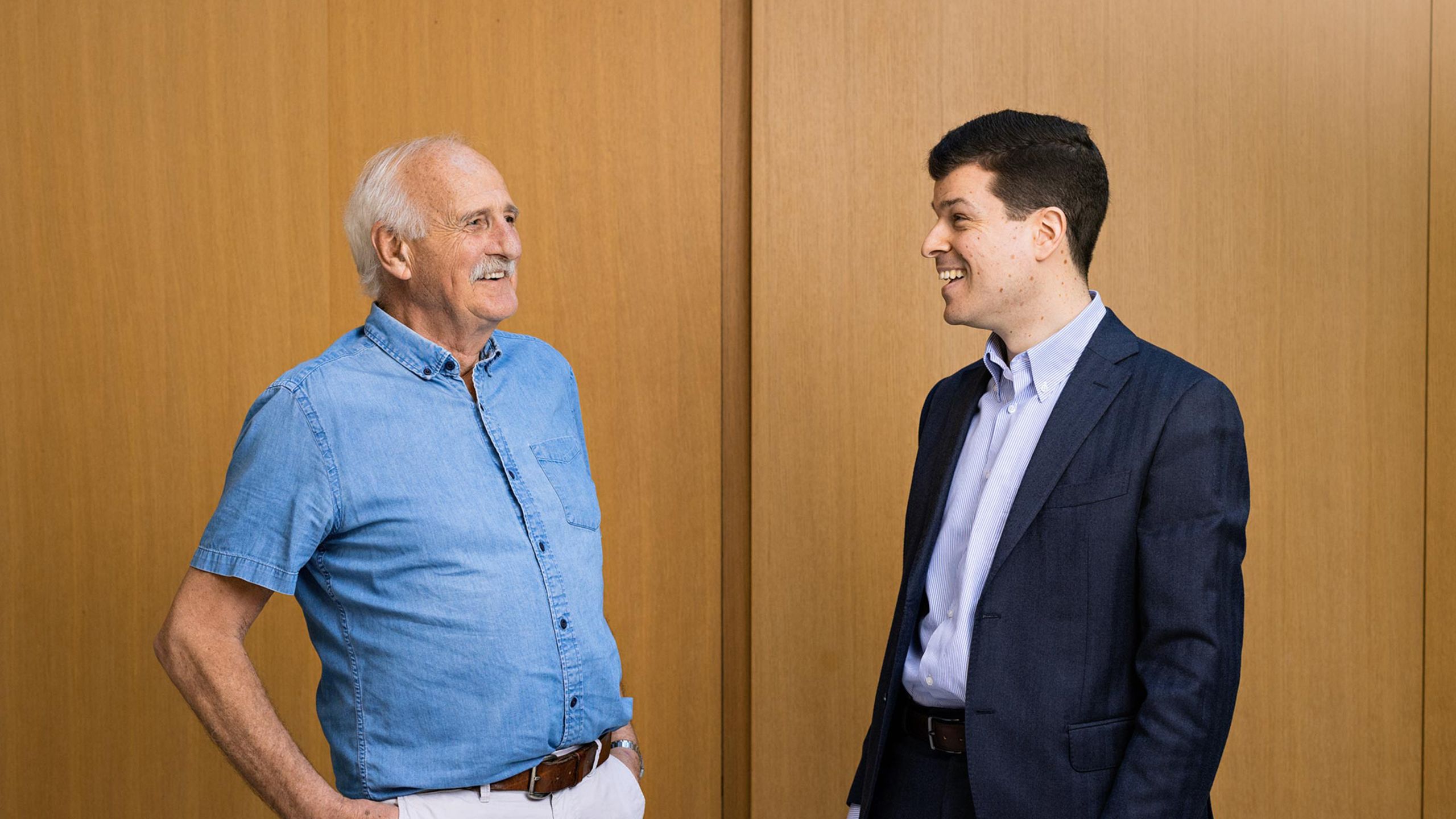
It was back in the 1980s that people first started talking about the 'Cambridge Phenomenon', referring to the explosion of technology, life sciences and service companies that had started to cluster in and around 'Silicon Fen'.
But that flowering of entrepreneurial spirit brought with it certain challenges.
Matthew Bullock is co-founder of Cambridge Ahead, a membership organisation (to which the University belongs) which was set up in 2013 to advocate for sustainable economic growth in the region.
"Early on," he explains, "we realised that to maintain the cluster's momentum, we would need to understand its strengths and build on them. We were also conscious that local government would need to plan for the houses and transport links to support this increasingly buoyant ecosystem."
"What was required were accurate numbers, from which we could create an overview of the whole regional economy."
An early attempt to map the Cluster served to demonstrate the scale and complexity of the task. "There were obvious problems with that first data set, with companies being counted more than once," explains Bullock. "De-duplicating corporate structures is not easy. You have to know what you are doing."
Enter Dr Andy Cosh, Assistant Director at the Centre for Business Research. With a research background in applied economics, and experience of working both at HM Treasury and with many different companies, he understood exactly what was required.
"In 2015, I started data gathering, entirely on my own," says Cosh, "developing a methodology which has since turned into an extensive operations manual."
In 2018, as the size of the task continued to grow, he was joined by fellow data expert, Dr Giorgio Caselli. Together they have expanded their regional focus from a 20-mile radius around Cambridge to cover the whole Cambridgeshire and Peterborough combined authority. Today, their database contains details of more than 90,000 companies and limited partnerships, both active and inactive.
Gaining a true picture of the region's economic geography is a painstaking exercise. To work out how many new companies are founded each year and if existing ones have grown, shrunk, failed, or moved away, takes months of research.
"You can't just grab data from a company database,"
"Every year we spend two months checking, validating and deduplicating."
Dr Giorgio Caselli, Senior Research Fellow at the Centre for Business Research
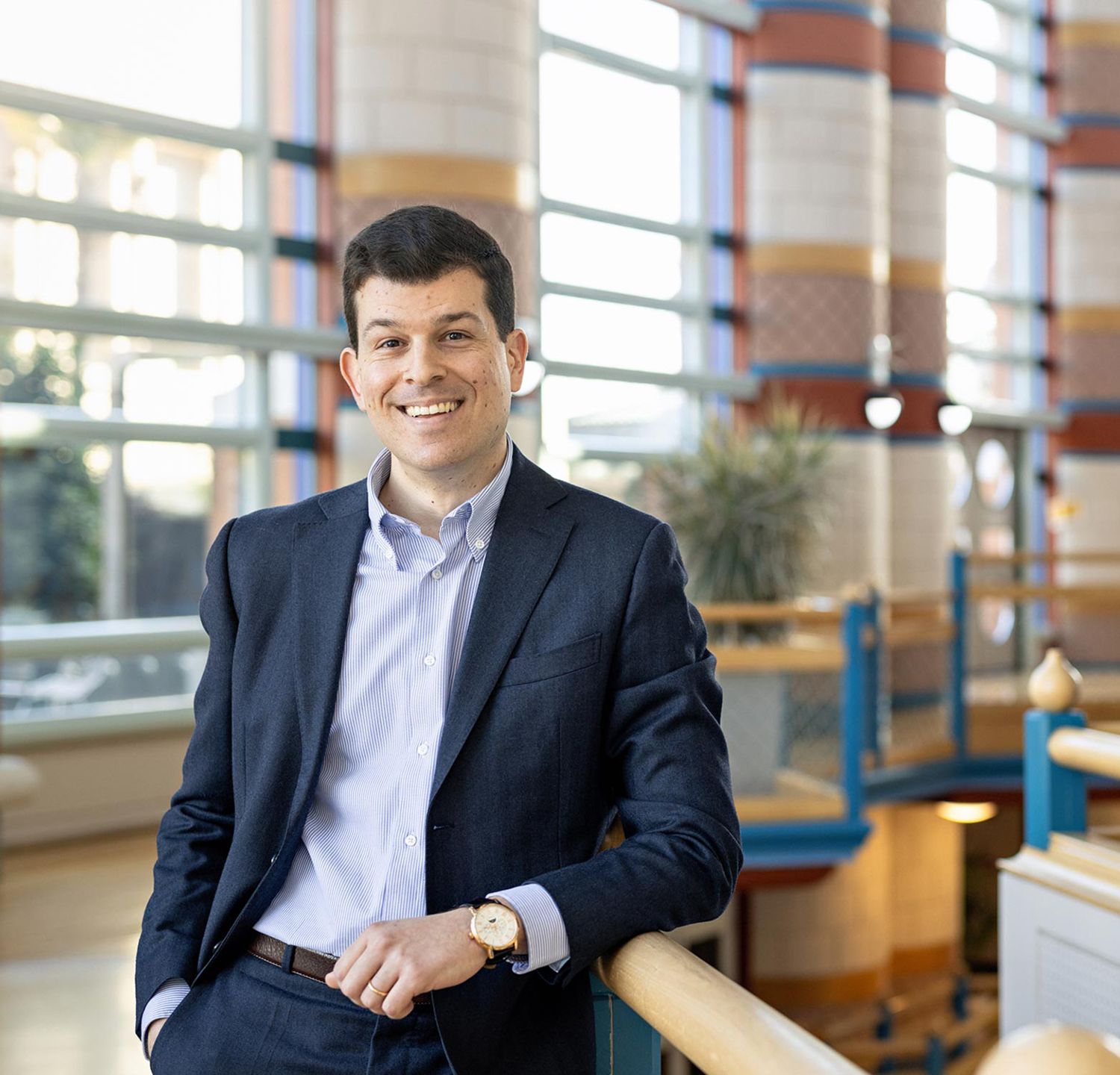
Their no-stone-unturned approach includes driving round the region's science and business parks to ascertain which companies have a physical presence there.
Cambridge Ahead's CEO, Jane Paterson-Todd, explains why their data analysis is so important: "It enables Cambridge Ahead to speak with credibility about what is happening across the Cambridge economy.
"It is invaluable in our engagement with national and local policymakers, shining a spotlight on what is really happening in our industry base and enabling us to talk to government about the investments and interventions that are needed in response."
"When we first started," says Cosh, "we were sponsored by local organisations such as Arm, Marshall and Mills & Reeve, who recognised the value of the data from the outset.
"We are now also funded by the Cambridgeshire and Peterborough Combined Authority and the Greater Cambridge Partnership, and our work underpins their planning for sustainable - and equitable - economic growth across the region."
Today, this annual data collection and analysis provides the cornerstone for a wide range of local, regional and national planning activities, playing a pivotal role in supporting the development of the Cluster as a whole and the associated infrastructure planning.
The methodology has also been used to investigate the impact of particular parts of the ecosystem. For example, in 2020, Cosh and Caselli were part of a team that quantified the impact of the Babraham Research Campus, highlighting its critical role in the UK's life sciences sector.
For Cosh, as well as supporting the continued success of the Cluster, their work also represents a model for how this kind of approach could be applied more widely:
"If the government wants to develop effective regional economic policies, it needs to understand which sectors it is strong in and where, and use policy to enhance those strengths. But to do that properly they need this kind of detailed, accurate data which currently is not available for other parts of the UK."
"As an important driver of economic growth across the region and the UK, the University needs to make decisions that will help sustain that growth and improve the quality of life for everyone who lives and works here."
"The evidence provided by the Business Research team helps us to understand what is going on in the local and regional economies and provides an invaluable input into our decision-making."
Professor Andy Neely, Pro-Vice-Chancellor for Enterprise and Business Relations at the University of Cambridge
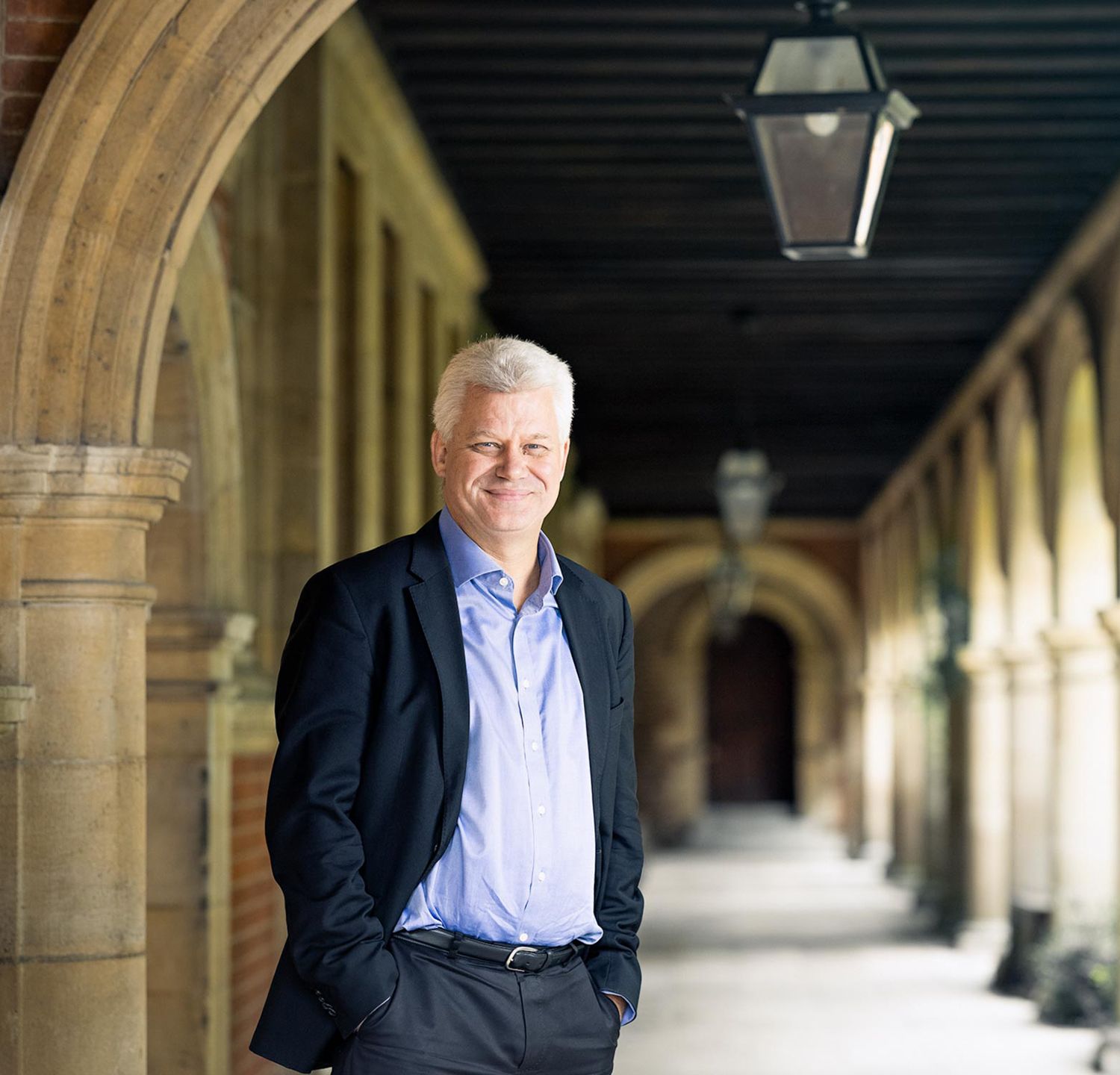
So what do the numbers tell us about the Cambridge City Region today?
We asked Andy and Giorgio to give us their headline findings.
- Since 2010, the corporate economy of the region has grown significantly, particularly the knowledge-intensive sectors.
- Turnover fell during the pandemic but bounced back spectacularly, with a 17% increase in 2021-22.
- Overall employment growth stayed positive even in 2020-21 when the pandemic was at its height.
- Life sciences and healthcare is the fastest growing sector, with employment two and a half times higher last year than it was in 2010.
- Information technology and telecoms is the second fastest growing sector and the largest overall, with nearly 3,000 companies based in the region.
- The top 37 of the region's 120 business parks employ more than 50,000 people and spend an average of £2.4 billion a year on R&D.
Dive into the data: explore the Cambridge Cluster dashboard
The Cambridge Cluster Insights dashboard
The Cambridge Cluster Insights dashboard
Cambridge innovation in numbers
Every year, Andy and Giorgio's data helps us show just how important the ecosystem is to the University and vice versa.
Download Cambridge Innovation in Numbers as a PDF or keep on scrolling.
The Cambridge Cluster:
innovation in numbers

billion-dollar businesses born in Cambridge
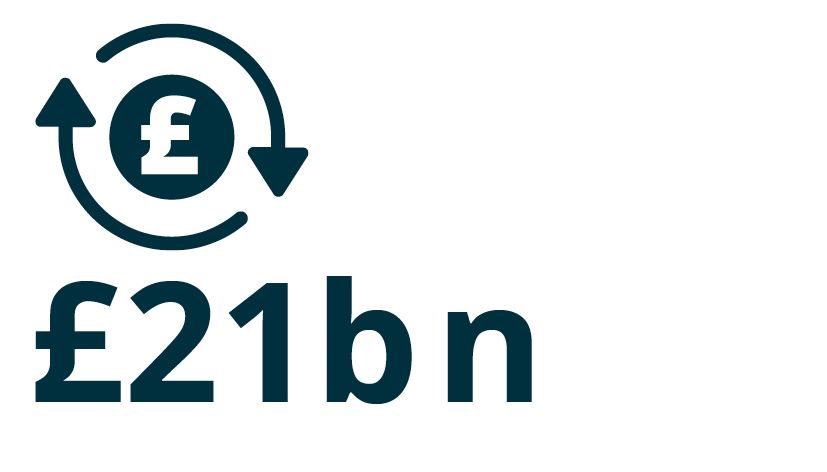
in total annual turnover generated by knowledge-intensive firms
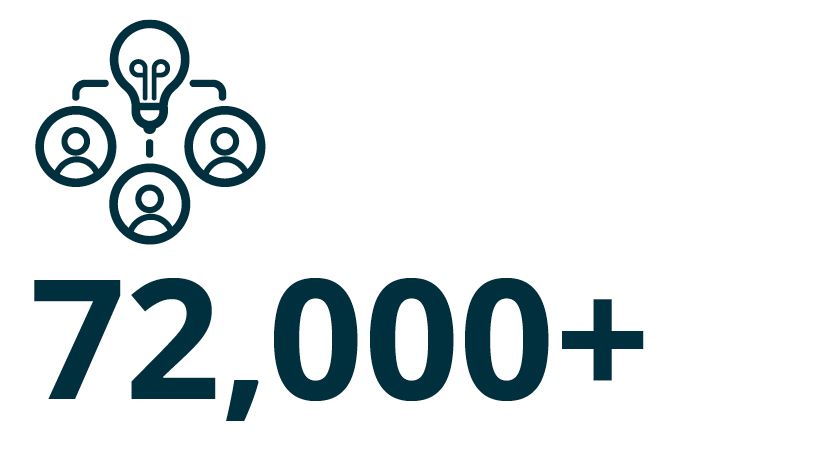
people work for knowledge-intensive firms
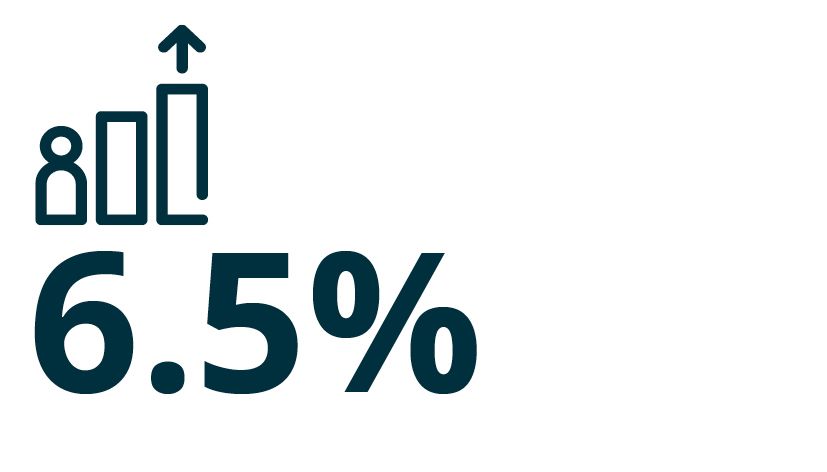
year-on-year increase in knowledge-intensive jobs in last 6 years
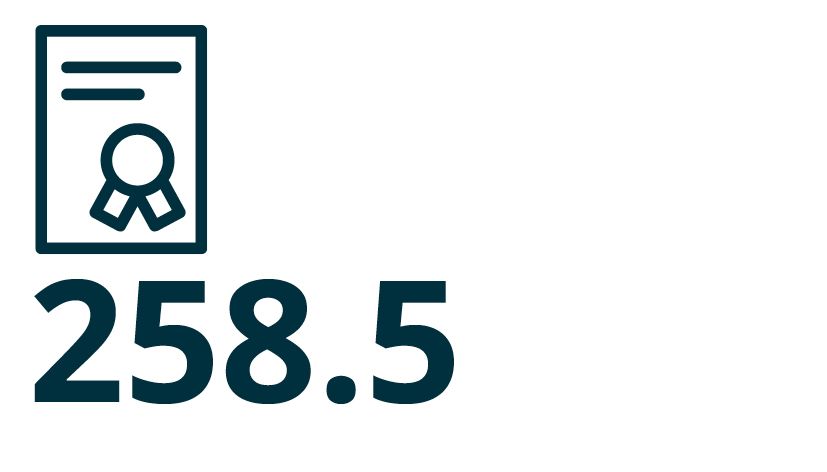
Patent applications per
100,000 residents
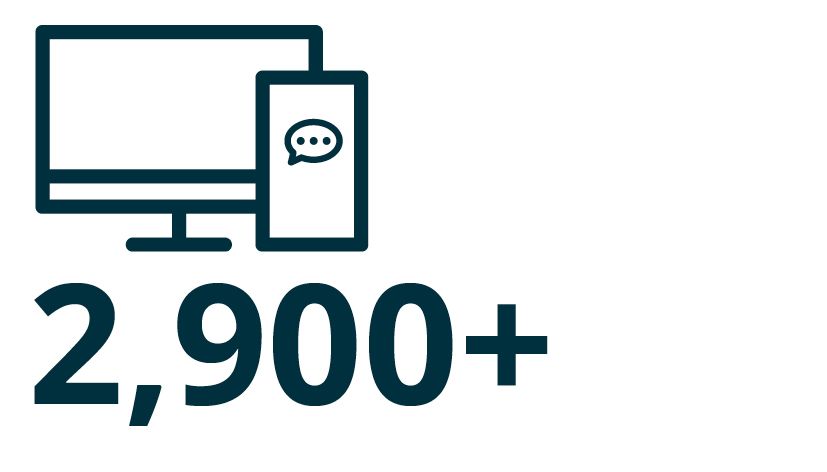
IT and telecoms firms

High-tech manufacturing firms
.
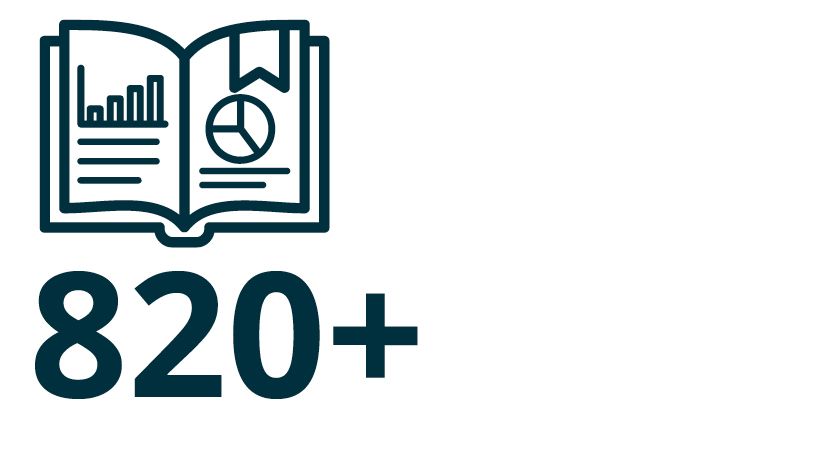
Knowledge-intensive services companies
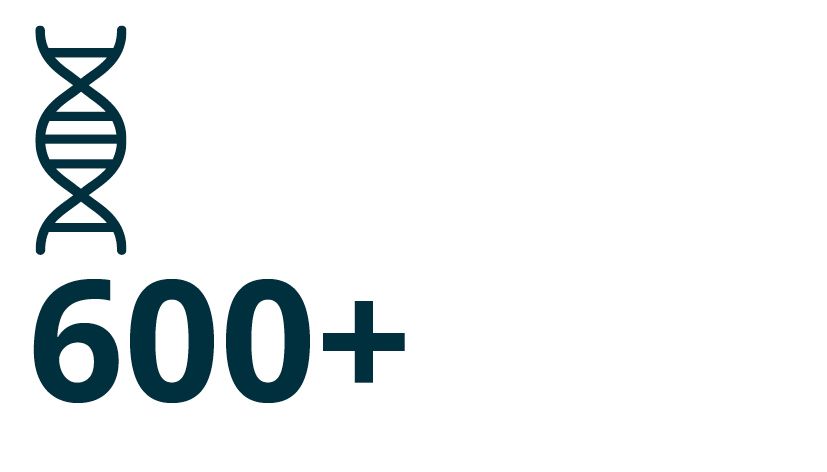
Life sciences companies
University of Cambridge:
innovation in numbers
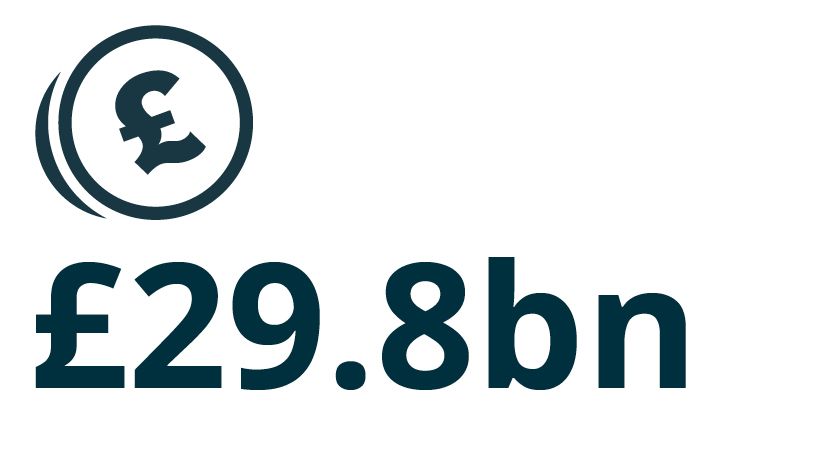
contributed to the UK economy
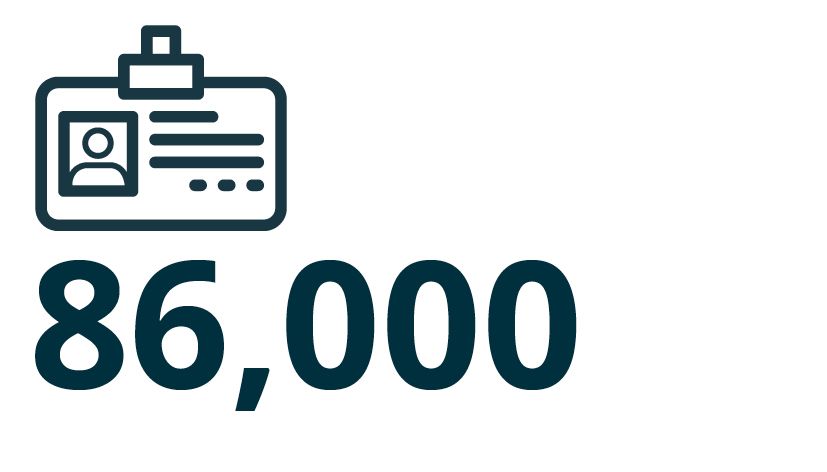
jobs supported across the UK
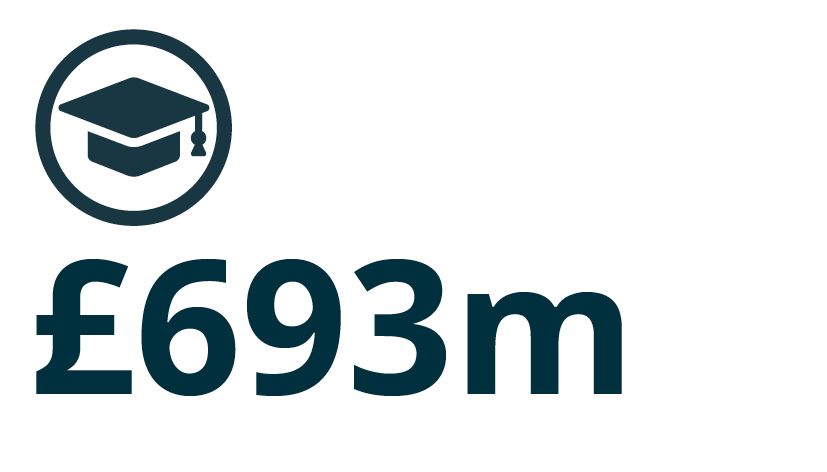
contributed through teaching and learning of UK students
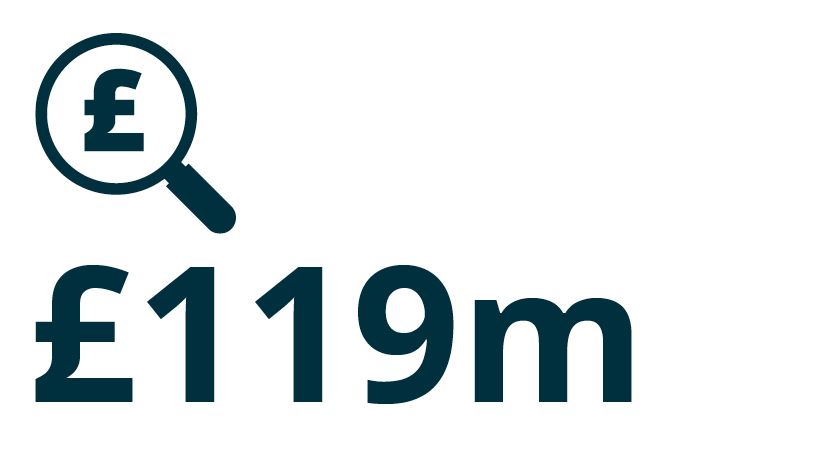
in translational research funding won with the support of Cambridge Enterprise
2011-22
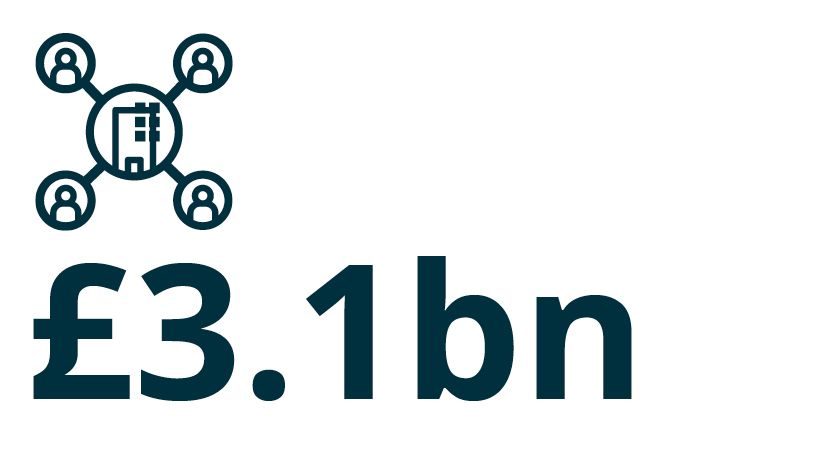
in follow-on funding raised by spinouts in the Cambridge Enterprise portfolio since1995 r
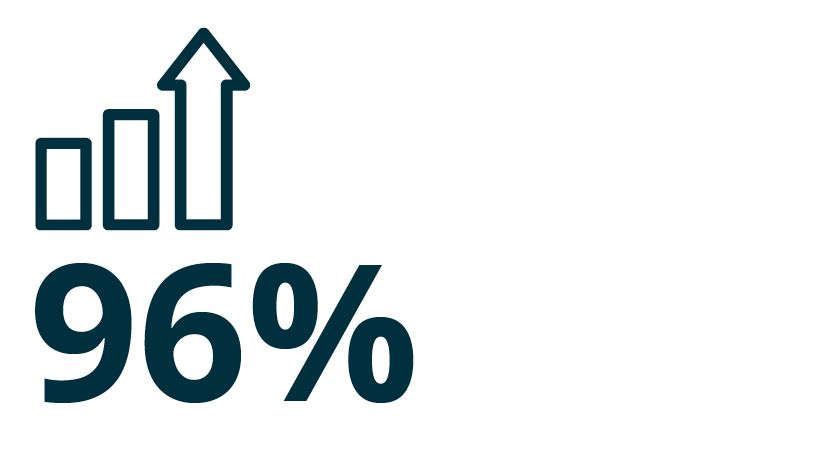
of Cambridge Enterprise portfolio companies have a 5-year survival rate

firms founded by staff and alumni of the University's Department of Computer Science and Technology
You may also be interested in:
Cambridge University’s economic impact
The University contributes nearly £30 billion to the UK economy and supports more than 86,000 jobs across the UK.
A report by London Economics has measured the University of Cambridge’s impact on the UK economy in 2020-21.

Published 2 May 2023
Photography: StillVision
Infographics: Suvi Roberts
The text in this work is licensed under a Creative Commons Attribution 4.0 International License






